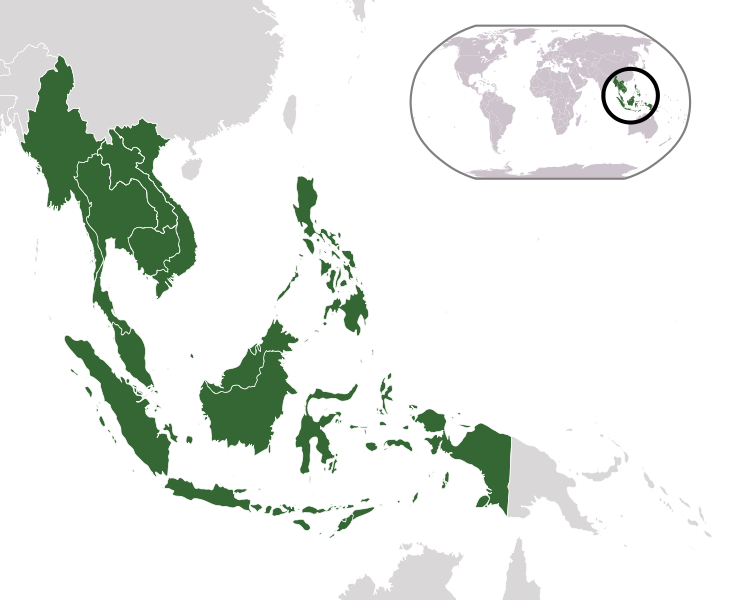Interesting Facts
- Wuchereria bancrofti, Brugia malayi, and Brugia timori are the three different parasitic worms that can cause lymphatic filariasis. Surprisingly Wuchereria bancrofti is responsible for 90% of the cases worldwide. Brugia malayi then causes most of the remaining cases, with B. timori causing the least amount (WHO 2014).
- Over one third of all humans, usually in developing countries, are hosts to various parasitic organisms (Gnanasekar, M. and K. Ramaswarny, 2007).
- 120 million people are infected with lymphatic filariasis and one billion people are at risk of becoming infected (Gnanasekar, M. and K. Ramaswarny, 2007).
- All in all, 1.4 billion people living in 73 differnet countries are vulnerable to lymphatic filariasis (WHO 2014).
- The top 10 countries that account for 80% of lymphatic filariasis include: Bangladesh, Democratic Republic of Congo, Ethiopia, India, Indonesia, Myanmar, Nigeria, Nepal, Philippines, and the United Republic of Tanzania (WHO 2014).
-
The Countries in Southeast Asia alone account for 65% of lymphatic filariasis (Ridley 2011).
- This parasite is found in rural areas over urban areas, due to mosquito transmission. Mosquitoes prefer
wet swamps over
concrete cities. However, it is possible for B. malayi to be found almost anywhere in the world, it’s just most common in tropical or swampy areas (CDC 2013).
- Brugia malayi is in the Animal Kingdom, which is the same kingdom as humans (Kingdom Animalia).
- Malaria and filariasis both require an intermediate mosquito host and a definitive human host (CDC 2013). Feel free to compare and contrast the life cycle of Brugia malayi to that of malaria.
←Treatment and Control Home References→



